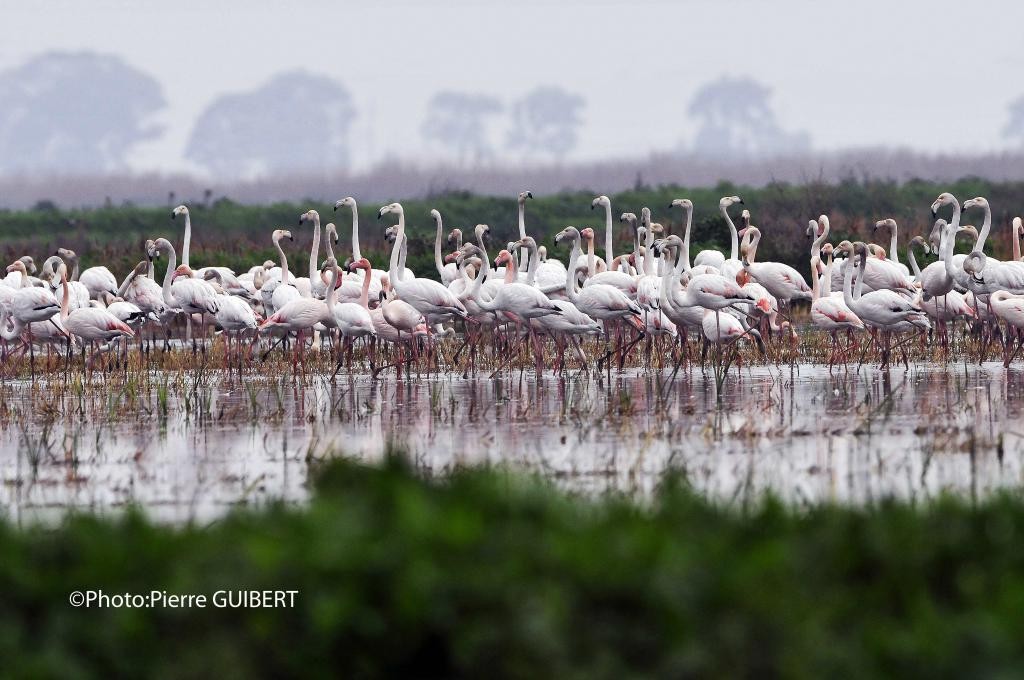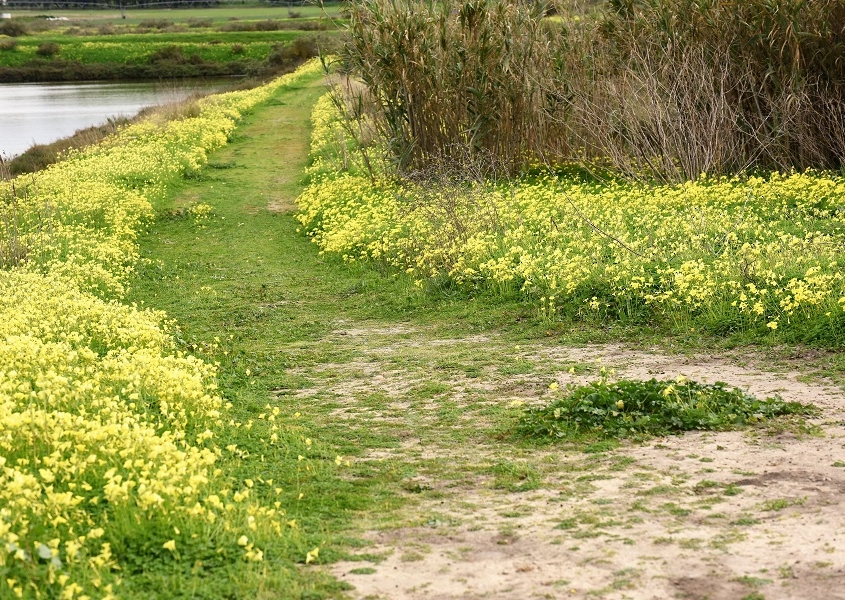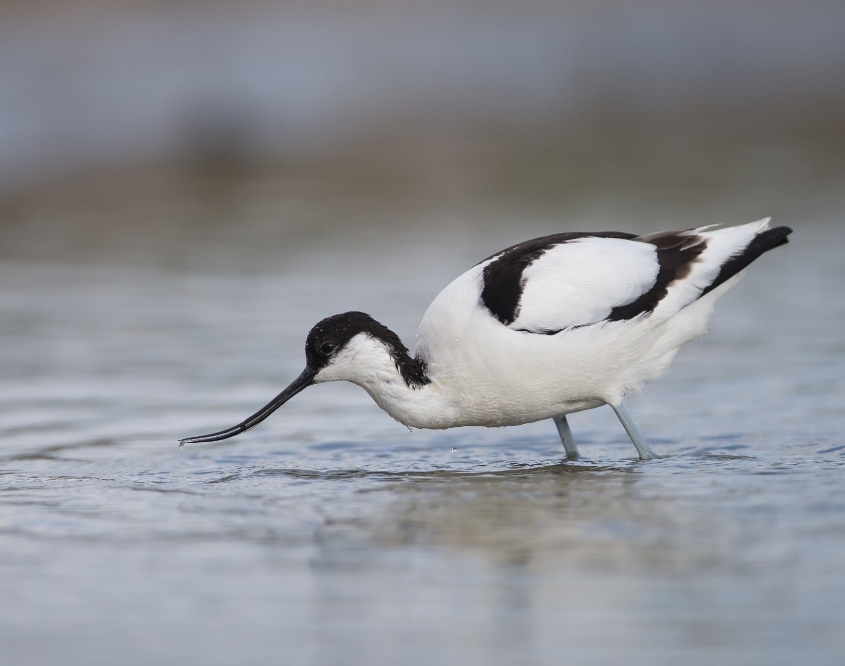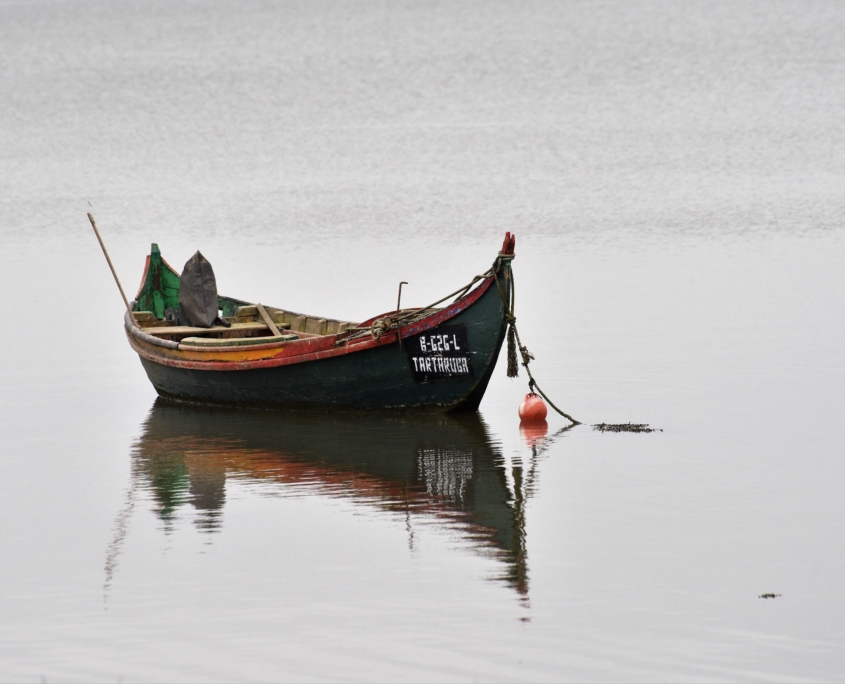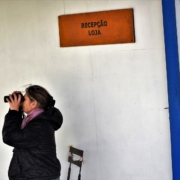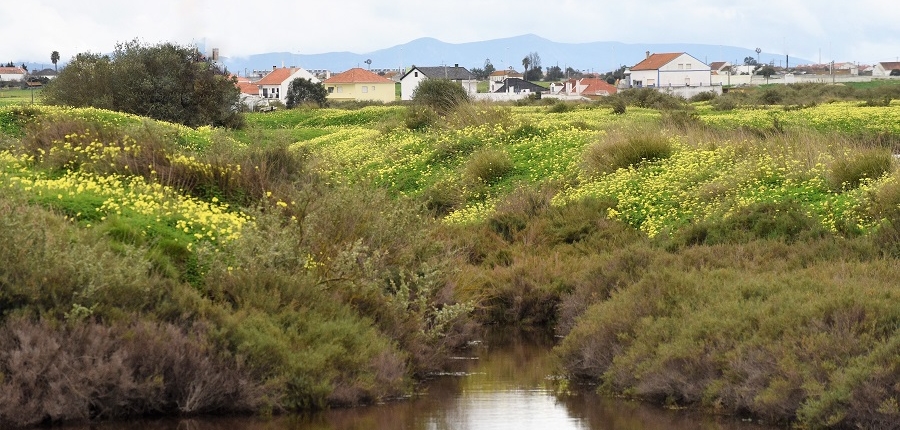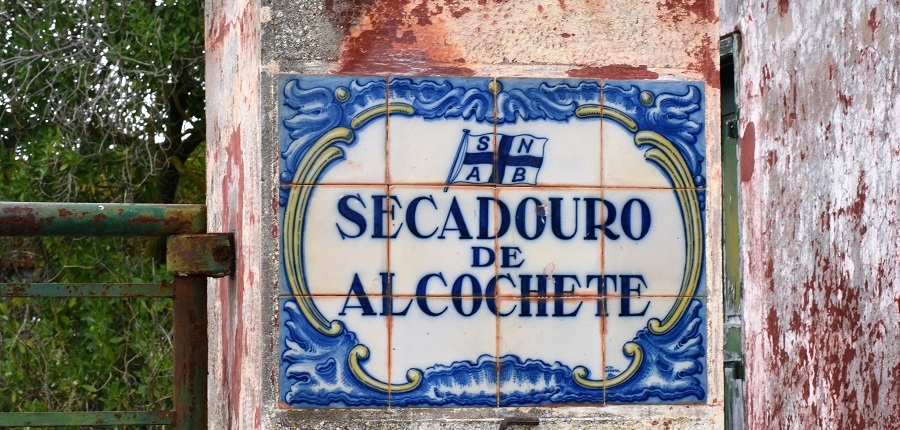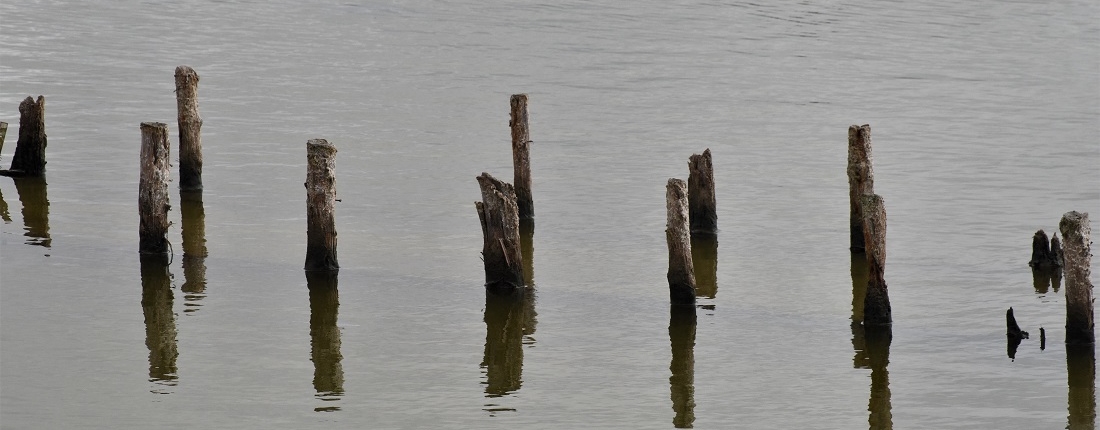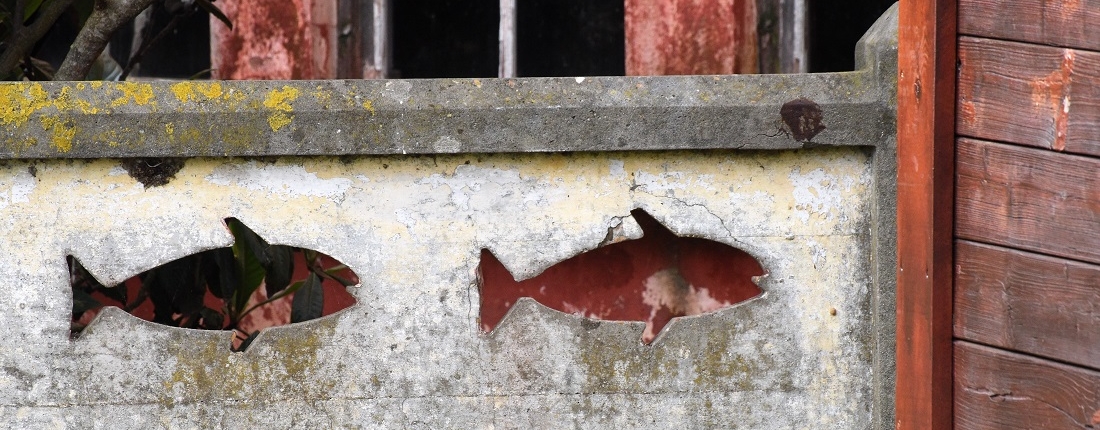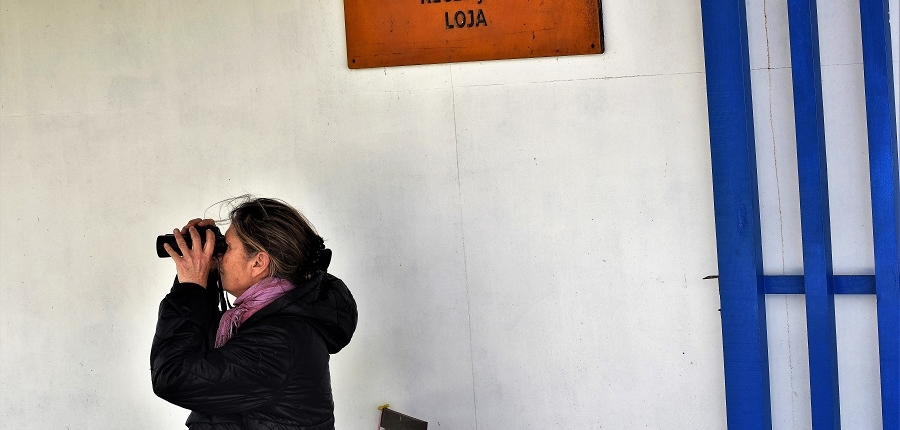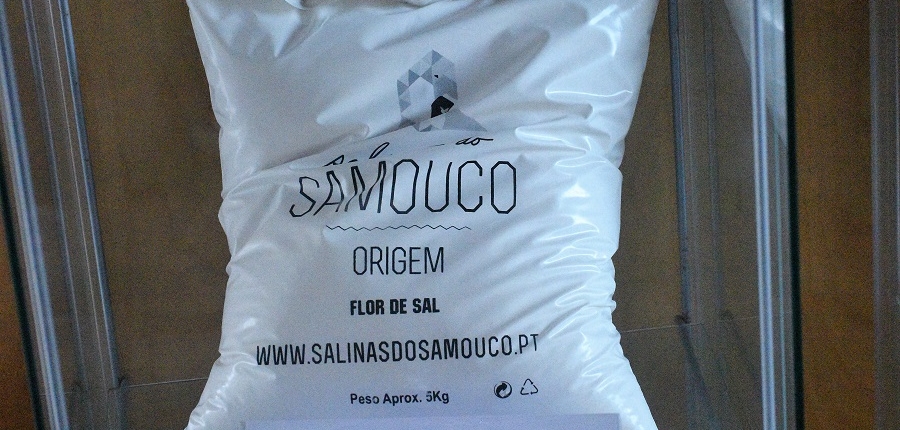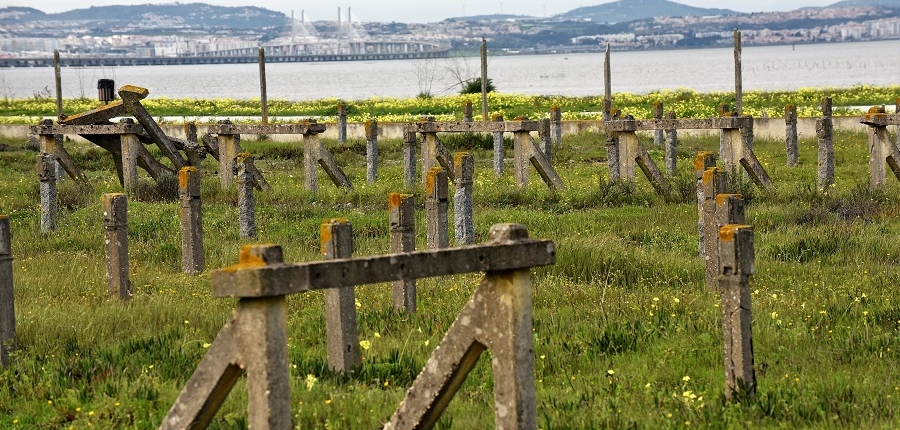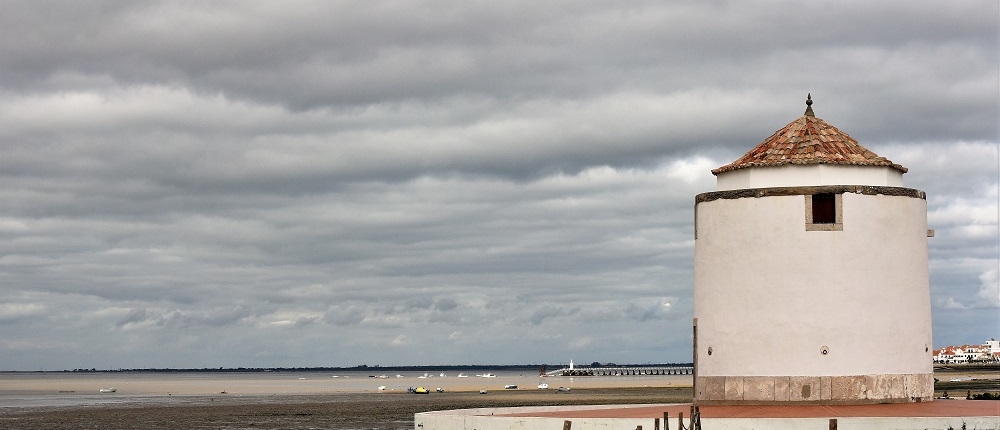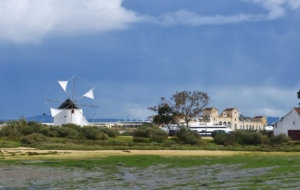Lisbon. Natural Reserves of the Alcochete Region
Alcochete at south of the Tagus river has an important nature reserve.
Alcochete is a town bordered by the Tagus to the south. The river forms a vast estuary and the nature reserve of Alcochete is one of the largest in Western Europe.
Together with its neighbours Montijo and Samouco, Alcochete offers spectacular wildlife. It is also particularly suitable for bird watching.
Some 120,000 birds are counted every year. Of all species: migratory birds that stop before flying to or from Africa, and those that come to nest before flying north.
The natural reserves of Alcochete and Montijo are precious for the ecosystem.
Translated with www.DeepL.com/Translator (free version)
The natural reserve of Alcochete, Montijo and Samouco.
These reserves allow many colonies of elegant avocets to hibernate. The species is rather rare, the bird is shy and does not like noise. It is the occasion in winter to approach their favorite bodies of water, the abandoned saltworks, where one can admire their elegance.
This black and white wader, with its slightly curved beak, is well named: this wading bird – a family of birds – is slender and slim and its smooth walk gives it the appearance of a dancer climbing on stilts.
Translated with www.DeepL.com/Translator (free version)
Easy access from the Vasco da Gama Bridge in Lisbon.
The Alcochete nature reserve and its neighbour Montijo are easily accessible via the Vasco da Gama Bridge.
The first salt works not far from the bridge on the right-hand side when travelling south are private. Among other things, they are used for the resting of the Pink Flemings.
These large waders that are most often associated with African water areas are not so rare in the Tagus estuary. They can be seen from many observation points in the Alcochete reserve.
Several interpretation centres in the nature reserve allow visitors to become familiar with the birdlife. Such as the one at Sitio das hortas, in Alcochete
The reserve is managed by ICNF – The Nature Conservation Institute. (Car) tours are proposed with stops at the main observation points. Walking loops are also available.
Beautiful walks on the banks of the Tagus to observe the birds.
At the place called Canto do Pinheiro in Alcochete, on the bank of the Tagus, a 3.5 km circuit on the edge of the reserve allows a good introduction to bird watching, especially in the company of young children.
From Alcochete the reserve extends to the northern part of the Tagus estuary. And there again it is possible to do some birdwatching.
The municipality of Alcochete has set up an environmental animation centre at the Sítio das Hortas and Pinhal das Areias.
Salt production was for a long time the main activity in the Alcochete nature reserve.
Salt was produced here for the preservation of codfish. Today only a few saltworks are still in production.
The reservoirs where the salt was harvested are still used today as excellent resting and feeding grounds for birds. Such as the delicious Himantopus Himantopus, which in Portuguese has the pretty name of pernilongo, long leg, and in English Black-winged stilt
The salt-making activity is now reduced.
However, in Samouco, the Samouco Saltworks Foundation maintains the old saltworks, which have been transformed into a reserve, and where many species of birds can be admired.
The Samouco Saltworks Reserve borders the remains of the old cod dryer. The ciment posts on which the wooden racks for drying the fish rested are still in place. A heritage that is deteriorating despite its historical importance.
Guided tours are organised at weekends. Entrance to the reserve costs 4 euros (reduced rates for children and seniors).
You can even buy salt produced on the reserve.
Contact (Reservation required. Visits for groups of at least 10 people).
Tel 212348070
e-mail: contacto@salinasdosamouco.pt
Bird watching requires patience and time.
Requesting the assistance of a guide is a good way to discover the ornithological richness of Lisbon’s surroundings.
A school of patience, a day in the open air, learning about the species and the pleasure of an intelligent walk.
So that a sanderling sandpiper or an Eurasian curlew and an avocet are no longer just “little bird”.
The suggestion of http://www.lisbonne-affinités.com: Pierre Guibert, photographer, who organizes on request walks in the nature reserves on the banks of the Tagus and elsewhere in Portugal.
On reservation and in small groups in order to respect the basic rule of birdwatching: silence.
AVERARA 96 512 50 91

